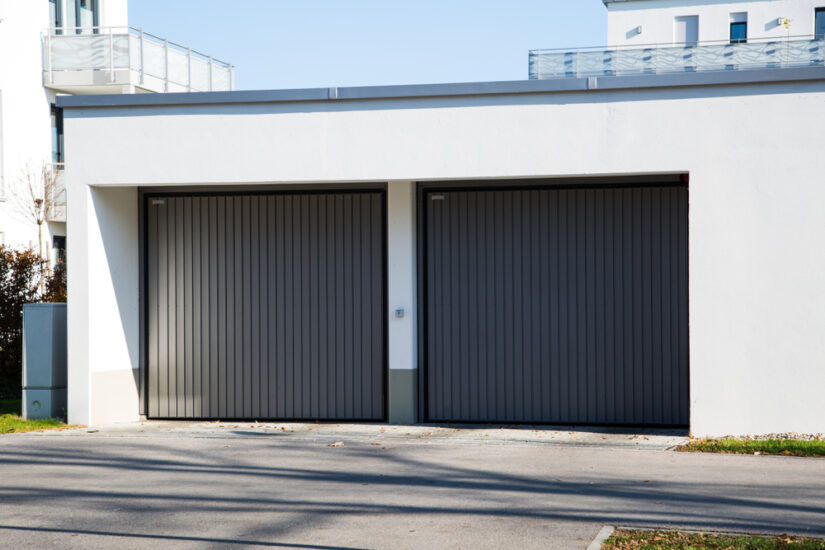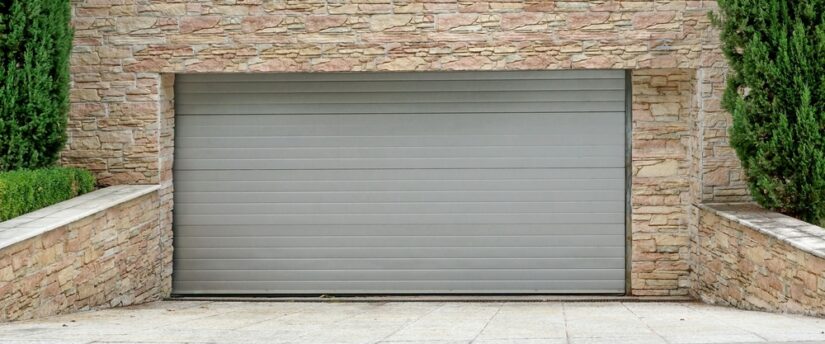January 17, 2025

Commercial roll-up doors are vital in everyday business operations, ensuring security and accessibility. Despite their importance, these doors can encounter numerous issues that may disrupt operations. Common problems include misaligned tracks, damaged springs, and jammed doors, but most can be fixed with timely inspection and maintenance. Addressing these issues not only extends the life of the door but also minimizes potential downtime for businesses.
Understanding Commercial Roll-Up Doors
Commercial roll-up doors are essential in various settings, designed for functionality and durability. Key concerns include how these doors operate, the types available, and potential issues that may arise during use.
Types of Commercial Roll-Up Doors
Commercial roll-up doors are available in several types, each catering to specific needs. Steel roll-up doors are favored for their strength and security and are ideal for warehouses and storage facilities.
Aluminum roll-up doors provide a lightweight alternative, often used in spaces where corrosion resistance is critical. For areas requiring efficient insulation, insulated roll-up doors are suitable, offering temperature control benefits.
Mechanism of Operation
The operation of commercial roll-up doors relies on a straightforward yet effective mechanism. These doors are mounted on tracks and are typically operated manually or with a motorized system.
When activated, the door rolls around a drum mounted above the opening, allowing for efficient space usage. Most systems include a spring mechanism that aids in lifting and lowering the door, ensuring smooth and balanced movement.
Common Points of Failure
Several issues can disrupt the function of commercial roll-up doors. Regular wear and tear can lead to misaligned tracks, making operation difficult or impossible.
Springs and cables can also face stress and eventually break or fail to provide adequate tension, leading to operational inefficiency. Motor malfunctions are another concern, especially in automated systems, impacting the door’s ability to open or close correctly.
Prompt troubleshooting by identifying these failure points can significantly minimize downtime and maintain operational efficiency.

Routine Maintenance for Roll-Up Doors
Routine maintenance ensures optimal performance and longevity of roll-up doors. Key tasks include lubrication, cleaning, inspection, and alignment checks. These activities prevent common operational issues and extend the lifespan of the equipment.
Lubrication and Cleaning
Regular lubrication reduces friction and wear on moving parts. Industrial doors have various components, such as tracks, rollers, and hinges, requiring consistent lubrication. A suitable lubricant can be silicone-based or lithium grease. These ensure smooth operation without attracting excessive dirt.
Cleaning involves removing dust and debris from tracks and surfaces. This prevents obstruction and corrosion. Mild detergents and soft cloths help maintain a clean surface. Neglecting these tasks could lead to increased wear and possible failure.
Inspection and Tightening of Components
Periodic inspections help identify wear or damage early. Common areas requiring attention include springs, cables, bolts, and tracks. Checking door balance and examining all fasteners ensures secure and efficient operation.
Loose bolts or misaligned tracks could cause operational issues. Tightening these components can prevent serious malfunction. Using a checklist can ensure all parts are reviewed efficiently.
Balance and Alignment Checks
Balance and alignment are crucial for a door’s safe and efficient operation. An imbalanced door can strain components, leading to uneven wear. A simple check involves manually opening the door halfway and observing if it stays in position. If it slams shut or opens fully, it may need adjustment.
Correcting alignment involves adjusting the tracks and ensuring even tension in the springs. Misalignment impacts the door’s performance and may damage the motor. Proper balance and alignment reduce wear on parts, ensuring smooth, operational efficiency.
Diagnosing and Troubleshooting
Commercial roll-up door troubleshooting promptly can prevent costly downtime and ensure smooth operations. Addressing common problems effectively requires a structured troubleshooting approach.
Identifying Common Problems
Commercial roll-up doors can face various problems. Frequent issues include misalignment, where the door might not sit correctly on its tracks, or damaged panels resulting from frequent impacts. Automation failures may occur, leading to doors not opening or closing as expected, often caused by electrical faults or sensor misalignments.
Rust or corrosion is another issue, potentially compromising door integrity. Worn or broken parts like springs and cables might restrict movement. It is crucial to observe the door’s operation, listen for unusual noises or resistance, and visually inspect components for damage or wear.
Step-by-Step Troubleshooting Guide
Begin troubleshooting by ensuring power sources and connections are intact. If problems persist, inspect tracks for obstructions or debris, cleaning as needed. Check the alignment and condition of the tracks, rollers, and hinges, tightening any loose components.
For automation issues, verify sensor alignment and operational settings. Review the manual override to ensure smooth manual operation, indicating that mechanical parts function correctly. Test remotes and switches for battery life and connectivity.
Lubrication is vital for smooth operation. Ensure all moving parts are adequately lubricated, applying suitable products to prevent friction and wear. Take systematic steps, focusing on one component at a time.
When To Call a Professional
Certain situations warrant professional intervention. If the door presents significant mechanical damage, such as broken springs or cables, professional repair is advised due to potential safety hazards. Electrical problems like consistent automation failures require a qualified technician to inspect and resolve them.Complex issues indicated by irregular noises or excessive force during operation may fall outside basic troubleshooting. It is crucial to recognize when expert assistance ensures safety and preserves door longevity. Calling a professional provides peace of mind, addressing complicated problems with skill and expertise. Contact our team today!